| Your browser is not supported. | ||
|
Please browse our site using any of the following options:
| ||
A Guide To Camping And Hiking Essentials
Taking a hike is a great way to relax, exercise and spend time together while being wowed by Australia's beauty. There are a few essentials you'll need to take with you when you go hiking or camping to ensure you're safe, comfortable and happy. Here we talk you through the basics of all these essentials to help you get set for your hiking or camping trip.
How to choose the right hike and camp essentials?
Working out what you'll need to buy is easier when you break it down into these nine steps below.
1. Navigation Tools
You'll need navigational tools to help you get there-and back again!
Getting lost is no fun for anyone, so take everything you need to stay on track:
GPS Device
- These portable, waterproof, easy-to-use devices are perfect for day hikes.
- They're a lot tougher than mobile phones and the battery usually lasts a lot longer.
- Take spare batteries for the GPS (or a portable charger if you're using your phone).
Paper Map
- Even if you're taking a GPS device or phone, you'll still need a paper map as well.
- A topographic map helps you work out which way to go based on how steep slopes are and where landmarks are.
- Practice using a topographic map on short hikes until you get the hang of it.
- Store your map in a waterproof case so it doesn't get wet and ruined in the rain.
- Use a ruler and pen to mark start and end points, or your entire route on the map.
Baseplate Compass
- Even if you have a phone with a built-in compass, take a baseplate compass as well.
- You'll need to use it with your topographic map to find your way (your phone might die).
Satellite Phone
- Is only needed for longer hikes.
- For use in case of an emergency as mobiles are often out of range.
Plan your route before you go to give yourself the best chance of not getting lost!
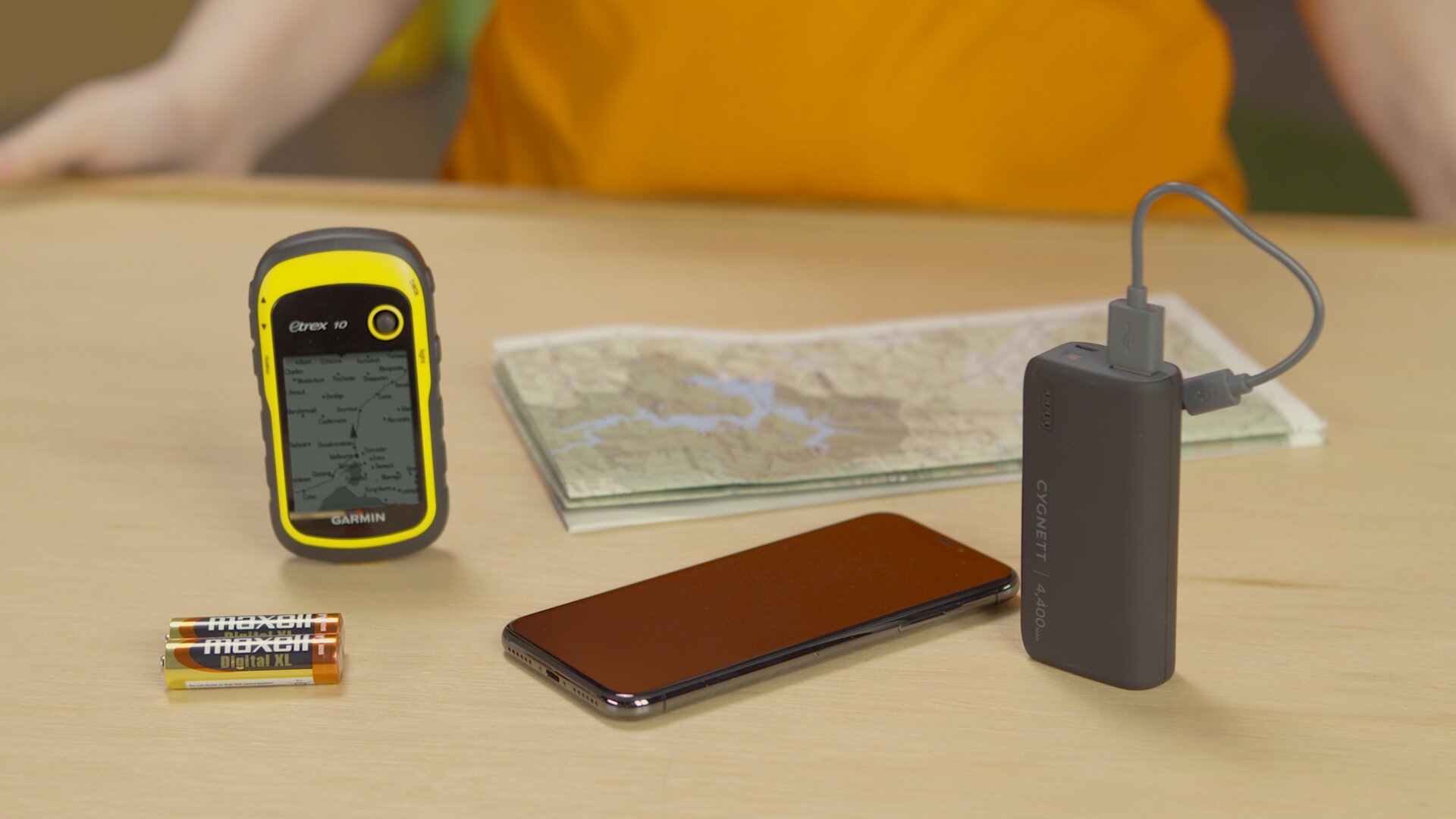
2. Cooking Equipment
If you're hiking for more than a day or camping overnight, you'll need to be able to boil water and make food, so you'll have to take a:
Stove
The size stove you'll need depends on:
- How many people you're cooking for.
- How much food you want to be able to cook at once.
Gas supply
The gas used to fuel a stove comes in different:
- Weights so choose one you can carry comfortably (along with all your gear).
- Fuel types
- Butane - these single-use disposable cartridges are lightweight but don't burn very well in the cold.
- Isobutane - these single-use containers are the lightest so easiest to carry, but you'll need to carry one container for each meal.
Check campsite rules before you go-some places only let you cook with gas stoves, others allow you to cook on an open fire.
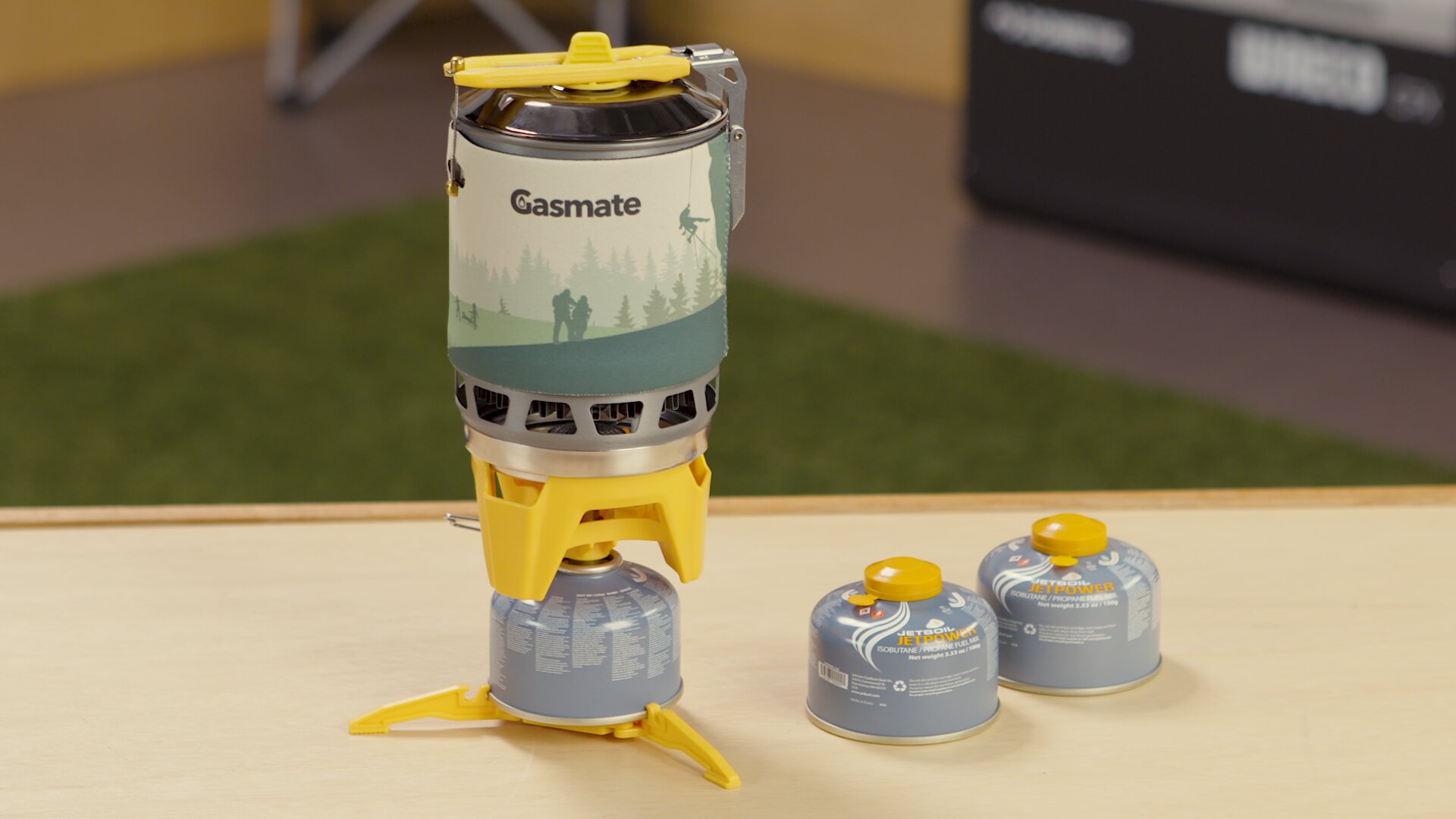
3. Shelter
Shelter is critical to protect you from the weather (and wildlife!) at night.
A tent is the best way to keep warm and dry on cold, rainy nights so you can get some sleep.
What is the best hiking tent?
There's no one-size-fits-all answer as different hikers have different needs.
Tents come in many sizes-from one to 12 campers-and the size you'll need depends on:
- How many people you're bunking in with (and how big everyone is).
- How much gear you have (e.g. a two-man tent is big space for two people without gear).
- The weight of the tent you'll be able to carry.
- What the weather conditions will be (hot, cold, rain, snow).
- For example, canvas tents circulate air in hot weather (but they're heavier than polyester).
What to look for in a hiking tent?
A hiking tent should be:
- Light enough for you to carry throughout the whole hike.
- Waterproof if you'll be camping in potentially rainy conditions. Look for the hydrostatic rating - a higher rating means a more waterproof tent.
- Fairly quick and easy to set up and pack down.
- Strong enough not to break in the middle of your hike.
What is a lightweight hiking tent?
A lightweight hiking tent will usually:
- Have aluminium or fibreglass poles - these are stable and lightweight so perfect for hiking.
- Be made from polyester fabric - polyester tents are waterproof and light so easy to carry.
Are hiking tents easy to set up?
There are two types of hiking tents from a set-up perspective:
- Pop-up tents - these lightweight tents only take about three minutes to pop-up. Simple!
- Peg and mallet tents - these are usually larger in size and more durable, so longer lasting.
4. Clothing
What to wear hiking?
The best thing to wear when you go hiking is three layers, each with a different purpose.
How do you layer clothing for hiking?
You put on:
- The base layer (or thermals) - which draws moisture away from your body.
- Then the mid layer - which insulates you and keeps you warm.
- Then the outer layer - which protects you from wind, rain and snow.
That way, you can strip off layers when it gets hot and add layers as the temperature drops.
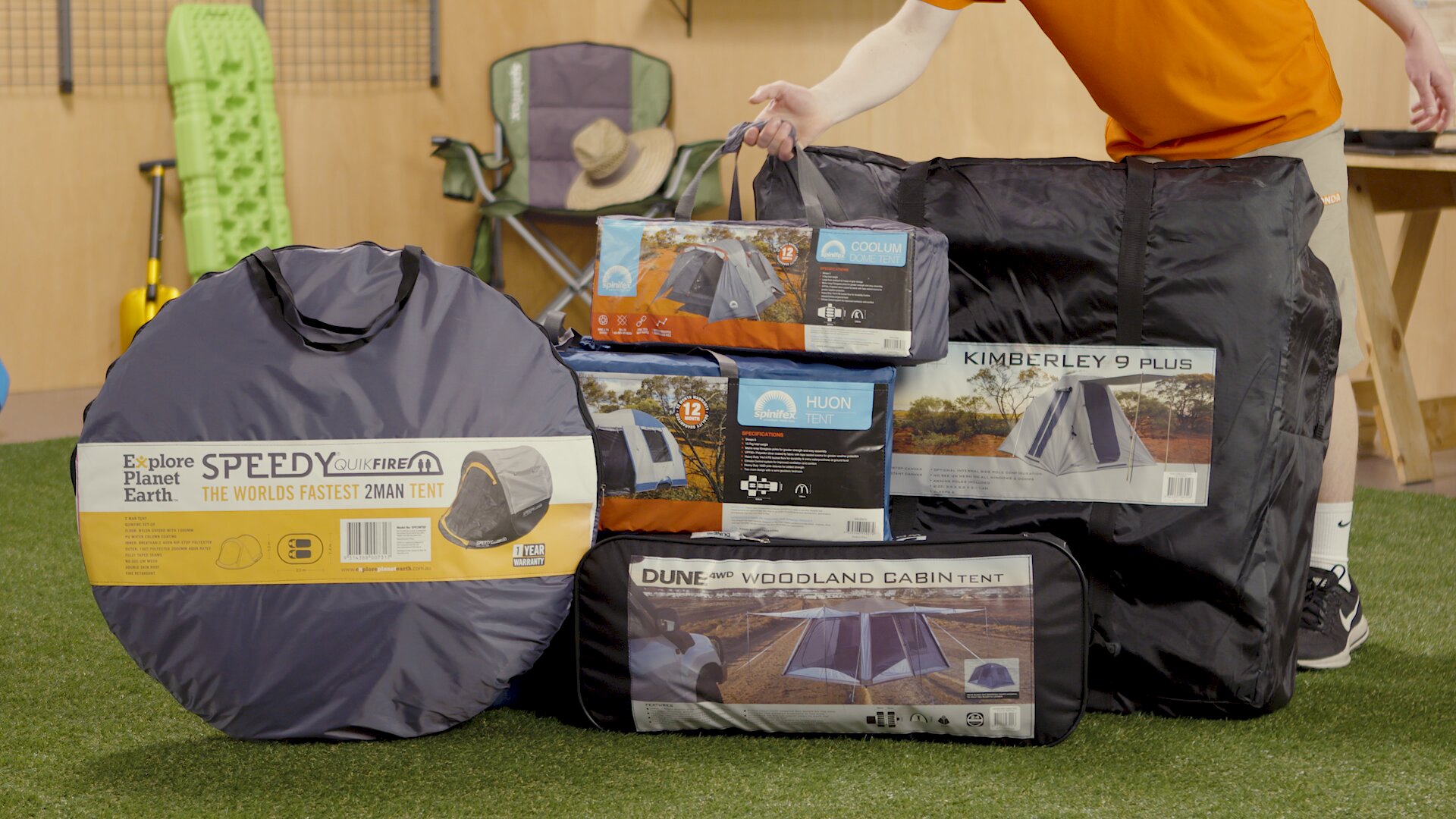
5. Footwear
Choosing the best hiking footwear for you comes down to:
- How long you're hiking for.
- How rugged the terrain is.
Why do you need hiking boots?
Hikers of all ages can benefit from using hiking shoes and boots because:
- They give you more traction so you're less likely to fall over.
- They can protect feet from the pain of walking on rocks and tree roots.
- They can help take some of the weight of your backpack off your body.
- Hiking boots give your ankle more support and stability.
- They can help you walk comfortably and happily for hours or days.
There are three different types of hiking footwear, and each suits different types of hiking.
Hiking Shoes
- Low cut around the ankle with a flexible mid-sole.
- Good for day trips on flat ground (but won't give you much stability).
Day Hiking Boots
- More durable but you need to break them in at home before you go.
- Low rise boots give you agility, while mid-rise boots improve your stability.
Backpacking Boots
- Are high cut with sturdy mid-soles.
- Good for multi-day journeys where you need a lot of support.
- For muddy, rainy or snowy conditions you'll want waterproof boots. Look for the hydrostatic rating - the higher the rating, the more waterproof the boot.
6. Food
When you go hiking you use a lot of energy, so it's really important to eat properly.
When it comes to food:
- You'll need breakfast, lunch, dinner and snacks for each and every day.
- Carry more food than you think you need (so you won't go hungry if something happens).
- Protein-rich foods such as raw nuts, dried meat jerky, beans and chicken, give you long-lasting energy until your next meal.
There are two different ways to organise your meals:
Pre-Packaged Dehydrated Meals
- Buy pre-packaged dehydrated meals with the right balance of nutrients.
- All you have to do is add boiling water.
Make Meals at Home
- Prepare your own porridge, trail mix, spice blends and pancake mix to save money.
- Vacuum seal meats, chillies and stews at home and store them in your camp fridge. This helps food last longer because it's deprived of oxygen, and it gives the flavours time to develop so will taste great once cooked at your campsite.
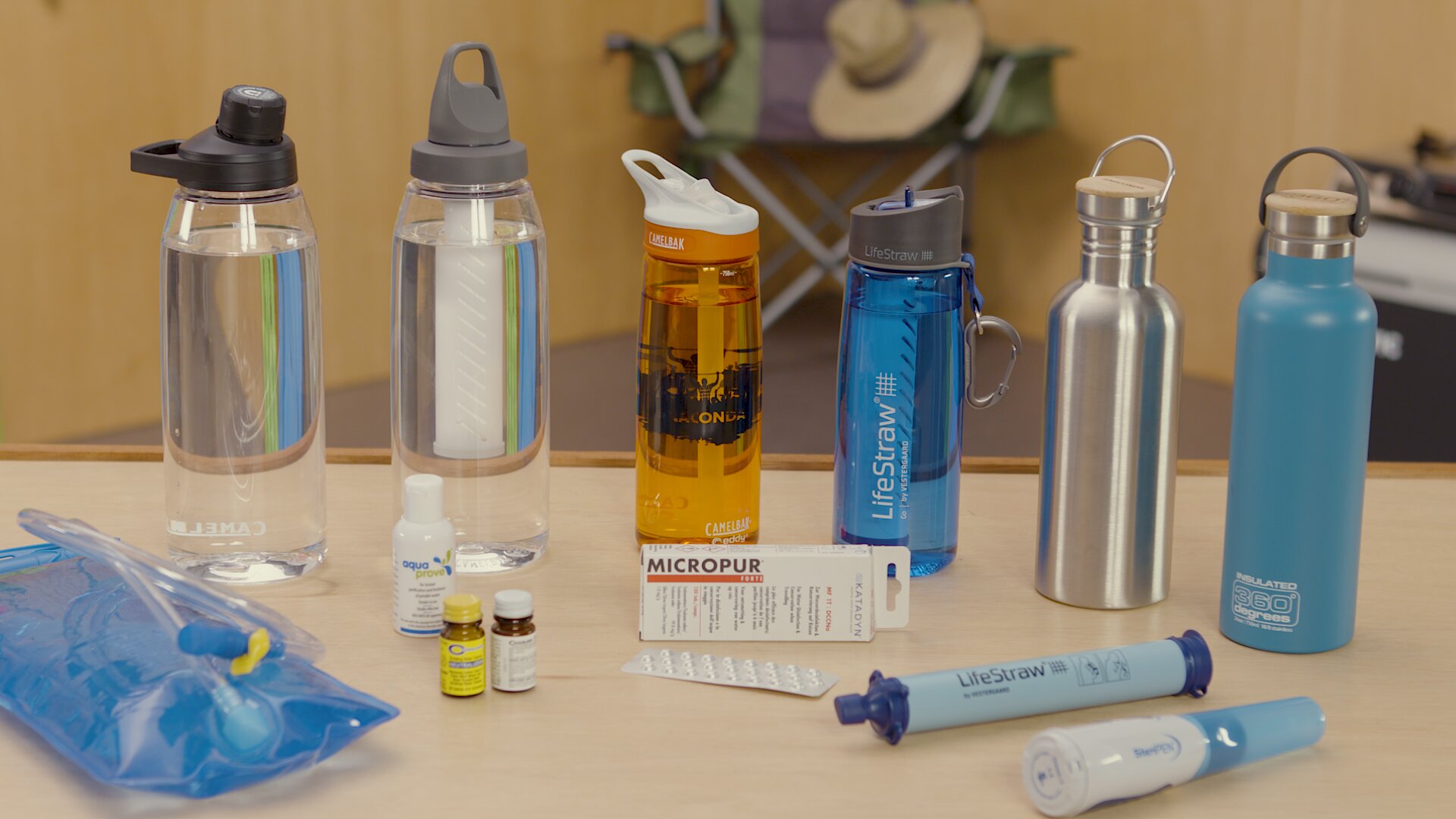
7. Water
You'll need to carry a lot of water to stay hydrated, especially if you're working up a sweat.
Make sure you take either a:
Water Bottle
- Plastic water bottles are durable and lightweight.
- Steel water bottles insulate your water so it stays cool, even on hot days.
Water Bladder
- Takes up less space in your backpack than bottles.
- Have a convenient sipping straw for quick and easy drinking.
For Short Day Hikes
- Carry enough clean water to last the journey.
- Most of the time, 3L should be enough.
- If you'll be working up a sweat or the weather will be hot, carry more.
For Longer or Multi-Day Hikes
You won't be able to fit all the water you'll need in your pack.
You'll need to:
- Take a water purification method.
- Collect water from taps and rivers on the way.
- Purify the water to remove bacteria and debris.
Purifying Methods
Tablets & liquids
- Lightweight and easy-to-use but can take up to 30 minutes to work.
- You may be left with the slight taste of chlorine.
UV lights
- Take longer to work (depending on how much water you have).
- You need to carry spare batteries for it.
- Can only be used with a water bottle (not a water bladder).
Filter Bottles & Straws
- Simple and convenient.
- You'll need another purification method for teeth cleaning and washing dishes.
Boiling Water
- An effective way to kill bacteria, but you'll need a stove and fuel so this method.
- Best for multi-day hikes as you'll need to take a stove and fuel for cooking anyway.
Always check the signs at camp sites and on trails to see if the water is safe to drink.
8. Lighting
With a torch or light at your campsite you can relax and enjoy the outdoors at night.
You shouldn't hike at night if you can help it, but if you do get stuck out at night, or are a long way from camp when the sun goes down, you'll need light to find your way.
When you go hiking or camping make sure you take a:
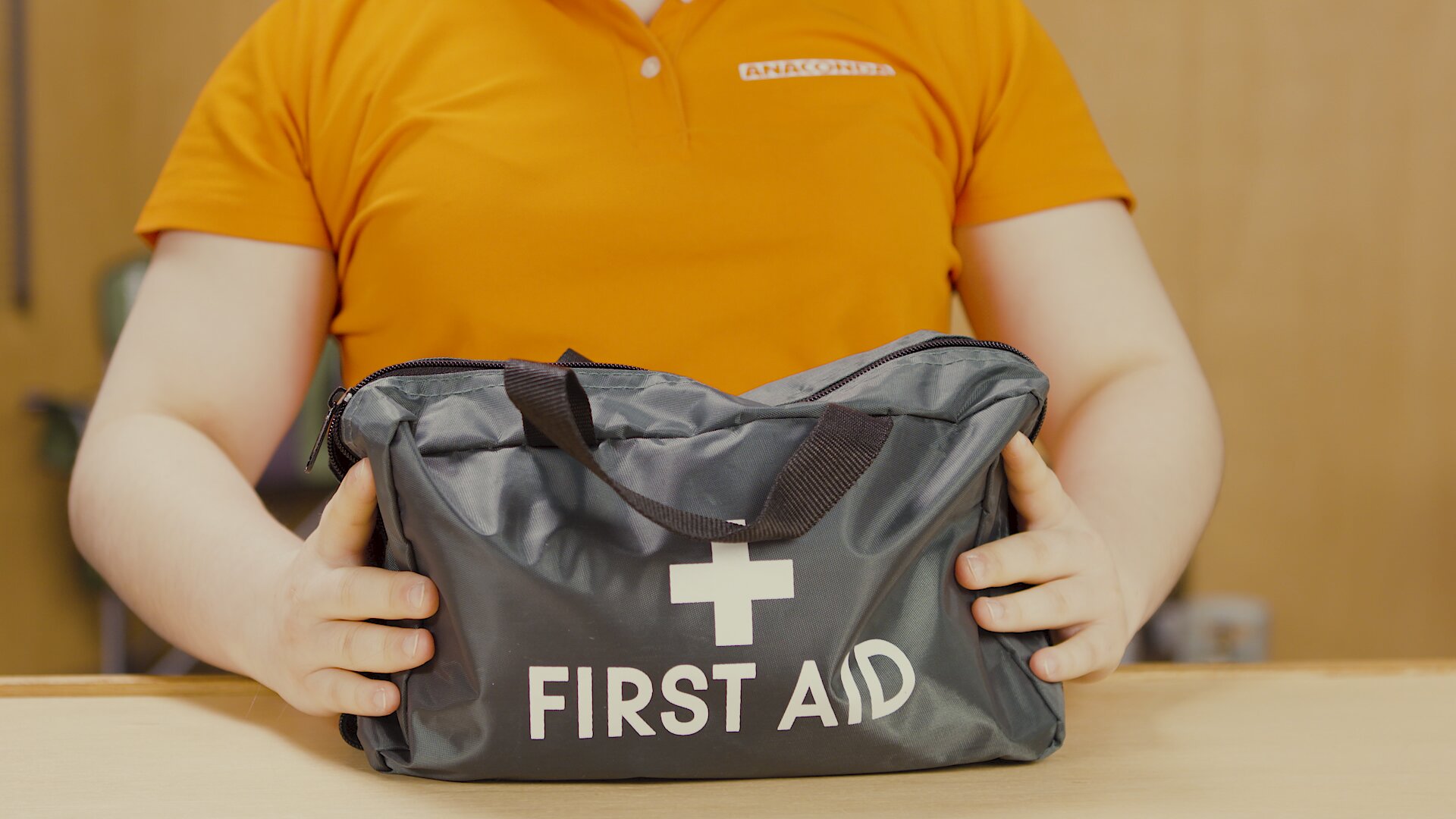
9. Safety
Staying safe on the trail needs to be your number one priority so make sure you:
- Always tell someone where you'll be hiking and when you're due back.
- Sign log books at start and end of the trail so your movements are accounted for.
- Keep to the trail and follow any markers that are set out.
- Wear gaiters that wrap around your calves to give you a barrier against bites if you're hiking in dense bush where there's like to be snakes and other wildlife.
Take safety essentials with you:
- A locator beacon that sends out a GPS signal to track and locate you if you get lost.
- A whistle to attract attention if search and rescue teams are out looking for you.
- A first aid kit and check it has everything you need in it before you set out. If you've used any items on or since your last hike, replace them so you're fully stocked with everything you may need. You can find premade first aid kits in any Anaconda store .
10. Quality
When you're weighing up which gear to buy, think about quality versus cost.
The materials your gear is made from affect the price and determine:
- How comfortable the gear will be when you're wearing it.
- How well it'll be able to handle conditions like heat, rain and snow.
- Whether it'll be waterproof (the highest hydrostatic ratings means the most waterproof)
- How durable and long-lasting the gear will be.
How much should you spend on hiking essentials?
When it comes to how much you should spend:
- If you'll only do short hikes every now and then, cheaper gear should do the trick.
- If you'll be hiking or camping a lot, it's worth spending more on good-quality gear that will make you comfortable and stand the test of time.
When you go to the Anaconda website, select what you're looking for from the menu along the top. You'll then see tick box filters down the left hand side of the page which make working out what to buy easier and faster because you can choose to filter what you see by:
- Price - so you only see gear that's within your budget.
- Deal so you only see gear that's on sale or at clearance prices.
- Size - so you just see what's available in the size you want.
- Colour - so you only see gear in the colours you like.
- Brand - so you can find a specific brand you like.
Other Camping & Hiking Essentials
Check out Anaconda's range of Camping & Hiking products available online or visit your local store.